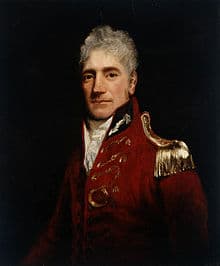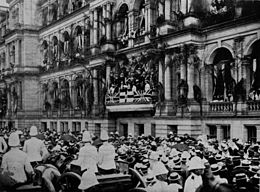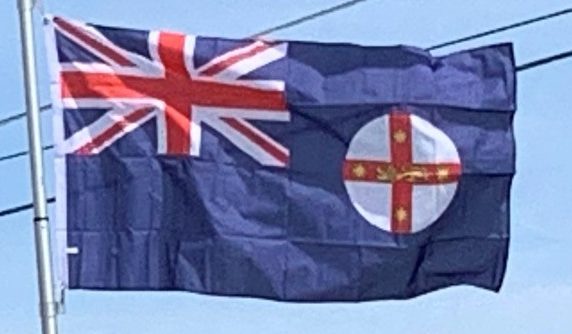
Mid-19th Century:
During the 19th century, large areas were successively separated to form the British colonies of Tasmania (proclaimed as a separate colony named Van Diemen’s Land in 1825), South Australia (1836), Victoria (1851) and Queensland (1859). Responsible government was granted to the New South Wales colony in 1855. Following the Treaty of Waitangi, William Hobson declared British sovereignty over New Zealand in 1840. In 1841 it was separated from the Colony of New South Wales to form the new Colony of New Zealand.
Charles Darwin visited Australia in January 1836 and in The Voyage of the Beagle (chapter 19 of the 11th edition) records his hesitations about and fascination with New South Wales, including his speculations about the geological origin and formation of the great valleys, the aboriginal population, the situation of the convicts, and the future prospects of the country.
1901 Federation of Australia:
At the end of the 19th century, the movement toward federation between the Australian colonies gathered momentum. Conventions and forums involving colony leaders were held on a regular basis. Proponents of New South Wales as a free trade state were in dispute with the other leading colony Victoria, which had a protectionist economy. At this time customs posts were common on borders, even on the Murray River.
Travelling from New South Wales to Victoria in those days was very difficult. Supporters of federation included the New South Wales premier Sir Henry Parkes whose 1889 Tenterfield Speech (given in Tenterfield) was pivotal in gathering support for New South Wales involvement. Edmund Barton, later to become Australia’s first Prime Minister, was another strong advocate for federation and a meeting held in Corowa in 1893 drafted an initial constitution.

In 1898 popular referenda on the proposed federation were held in New South Wales, Victoria, South Australia and Tasmania. All votes resulted in a majority in favor, but the New South Wales government under Premier George Reid (popularly known as “yes–no Reid” because of his constant changes of opinion on the issue) had set a requirement for a higher “yes” vote than just a simple majority which was not met.
In 1899 further referenda were held in the same states as well as Queensland (but not Western Australia). All resulted in yes votes with majorities increased from the previous year. New South Wales met the conditions its government had set for a yes vote. As a compromise to the question on where the capital was to be located, an agreement was made that the site was to be within New South Wales but not closer than 100 miles from Sydney, while the provisional capital would be Melbourne. Eventually the area that now forms the Australian Capital Territory was ceded by New South Wales when Canberra was selected.
Early 20th Century:
In the years after World War I, the high prices enjoyed during the war fell with the resumption of international trade. Farmers became increasingly discontented with the fixed prices paid by the compulsory marketing authorities set up as a wartime measure by the Hughes government. In 1919 the farmers formed the Country Party, led at national level by Earle Page, a doctor from Grafton, and at state level by Michael Bruxner, a small farmer from Tenterfield.
